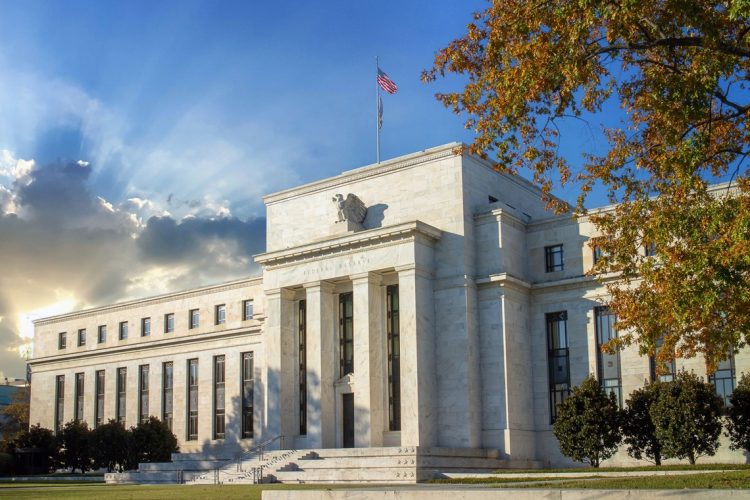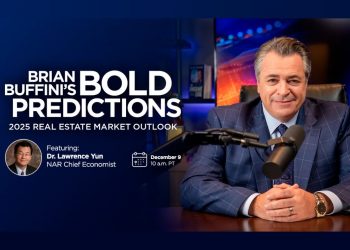The Federal Reserve acknowledged in its last meeting that rates have likely hit their peak, but they’re continuing to keep a watchful eye on key economic indicators and inflation, balancing a sense of optimism with some caution, according to meeting minutes released Wednesday.
The minutes from the Jan. 30-31 meeting of the Federal Open Market Committee painted a nuanced picture of the central bank’s stance on monetary policy. The Fed left rates unchanged at its last meeting.
With the Fed reinforcing its steadfast position on taming inflation down to its 2% target rate, rate cuts are unlikely to happen until policymakers see sustained progress toward that goal, the meeting summary showed.
“Participants highlighted the uncertainty associated with how long a restrictive monetary policy stance would need to be maintained,” the minutes stated, noting that moving too fast before inflation has moved down “sustainably” to 2% is risky.
At the same time, some FOMC members noted the dangers of keeping a restrictive stance on monetary policy for too long — a stance that could tip the economy into an unintentional recession.
A subtle shift in tone emerged in the January meeting, though, with policymakers acknowledging the evolving “economic outlook” and the need to be “prepared to adjust the stance of monetary policy as appropriate.”
The FOMC’s discussions indicate there’s a growing awareness of the delicate balancing act they face.
On one hand, persistent inflation, currently at 6.4% after hitting a nearly 40-year high in mid-2022, remains a significant concern. This is especially true for households of “limited means” which are struggling to absorb higher costs.
On the other, the minutes acknowledged the “recent slowdown in economic growth” and the possibility of “a more pronounced slowdown.” This raises concerns about tipping the economy into an unintentional recession.
The data seems to support this cautious stance.
While recent inflation readings have ticked lower, they remain far above the Fed’s 2% target. And although economic growth has slowed, it hasn’t yet contracted. The unemployment rate, currently at 3.4%, remains near historic lows, indicating continued tightness in the labor market, which could push up inflation.
The minutes also touched on the issue of ample reserves, noting that the Fed plans a deeper discussion on quantitative tightening at its March meeting. The pace of unwinding and the “ample” reserve level remain open questions.
Fed Chair Jerome Powell reiterated the need for further evidence of sustained inflation decline before considering rate cuts in comments at a press conference after the last Fed meeting. Markets have since adjusted their expectations to reflect fewer rate cuts, more likely on the back half of the year.
The minutes offer no definitive answer as to what the future holds for interest rates.
“The pace of further tightening is likely to be data-dependent,” the minutes stated, leaving the door open for both slower hikes or even a pause, depending on the incoming data. This ambiguity is likely to keep markets on edge.
Investors seeking clarity on the Fed’s trajectory will need to wait for the FOMC’s March meeting. More importantly, economic data releases in the coming months will be key to deciding how fast the Fed makes its next moves on rates.
While the minutes offer a glimmer of hope for a less aggressive policy tightening, the Fed’s lock-step commitment to its target goal ensures that the fight against inflation is far from over.












